Onion grass can be a pesky weed to get rid of. It pops up in the most inconvenient places and seems to be impervious to herbicides. But don’t give up yet! In this epic guide, we will discuss all of the common questions people have about getting rid of onion grass, as well as some useful tips that will help you eradicate it for good.
Table of Contents
How to Identify Onion Weed
Onion weed, also known as wild onion or wild garlic, is a common lawn and garden weed that can be particularly difficult to get rid of. It has flat, narrow leaves that grow in an upright position, starting at the base of the plant and spreading outward. The flowers are small and white with six petals, while the bulbs have a sharp smell characteristic of onions. One way to identify it is by its unique smell. Another way to differentiate it from other weeds is by breaking off one of the roots; if it smells like onion or garlic when you break it off, then you know it’s onion grass.
Onion weed often grows in areas that are hard to mow like tree rings, under decks and along walkways. What’s worse, onion weed is an invasive perennial grass that spreads quickly and easily. It grows in a tufted manner, with a shallow root system. Onion weed spreads primarily by its underground rhizomes which can be spread by tilling or digging the soil. These rhizomes have the ability to spread quickly far from the parent plant creating dense thickets of onion weed throughout your yard or garden. This makes it difficult to control as it’s hard to get rid of all the roots without killing other plants in the process. For these reasons, it’s important to identify and act quickly when you first spot onion weed in your yard. [1], [2], [3]
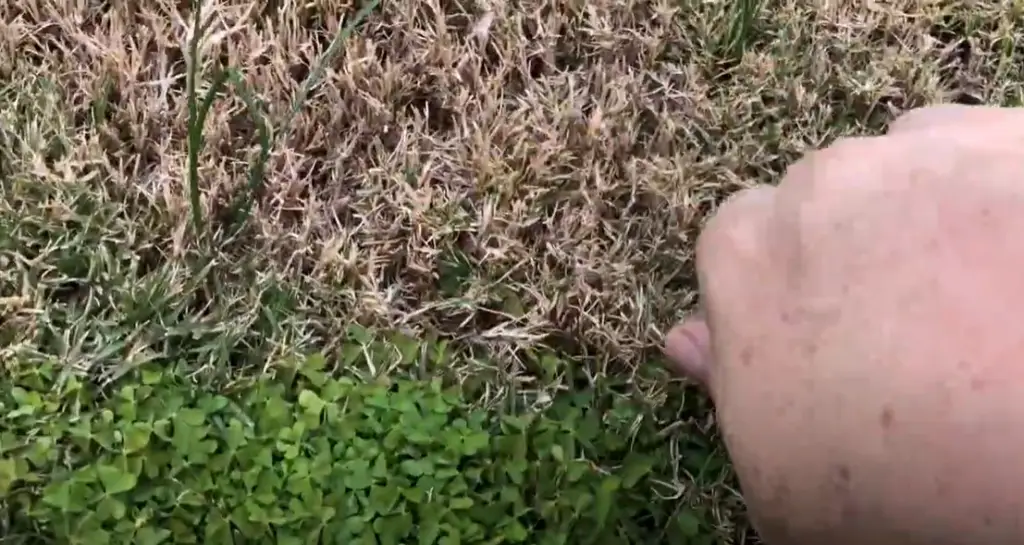
How to Remove Onion Weed
Onion weed can be incredibly hard to control and will often require multiple treatments over the course of a few years to get rid of it completely. The best way to get rid of onion weed is to use a combination of physical, chemical, and cultural control methods. In this section we will discuss both chemical and non-chemical control methods for removing onion weed.
Physical control
Hand-pulling or digging up onion weeds is the most effective way to remove them from your lawn or garden. Use a trowel or shovel to dig around the plant and its roots, taking care not to leave any pieces behind as they will just grow back. For particularly stubborn onion weeds, try applying some pressure to the base of the plant with a pair of pliers or other tools. Be sure to dispose of all pulled or dug up weeds in a sealed bag so they don’t continue spreading across your lawn.
However, before pulling up the weeds, it is important to weaken the plant to prevent it from creating smaller plants while you are pulling it up. This can be done by mowing the grass to the ground layer. If the onion weed is in hard to reach areas, such as next to a tree or beneath shrubs, you may cut the weeds with a pair of shears or scissors.
Still, if you create a hole large enough when digging up the weeds, you may pull the grass up without preparing the area beforehand.
Boiling water
Boiling water is an effective way to get rid of onion weed. To do this, bring a pot of water to a rolling boil and carefully pour it over the entire area. Be sure to evenly distribute the boiling water throughout the area and make sure it soaks into the soil and reaches all parts of the plant. Boiling water can be very effective at killing weeds, but it will also kill other plants in the area, so use caution if there are any desirable plants nearby that you don’t want to damage.

Contact a professional
If all else fails and you are still unable to get rid of your onion weed infestation, contact a professional lawn care service. They will have the expertise and tools needed to safely and effectively treat even the most stubborn onion weeds. Professional lawn care companies will be able to recommend the best method for treating your specific situation, as well as help you prevent future weed growth with routine treatments. [1], [2], [3]
Chemical Control
If physical methods don’t work or the infestation is too large, chemical control may be necessary. Look for pre-emergent herbicides that contain glyphosate or trifluralin as active ingredients. These herbicides will prevent the onion weed from coming back by preventing its seeds from germinating. Always follow the instructions on the product label for mixing and application instructions and be sure to wear protective clothing and gloves when applying herbicides.
Post-emergent herbicides are also available, but these are less effective than pre-emergents as they must reach the plant before it can spread its seeds. Again, follow the instructions on the product label carefully when using post-emergent herbicides and be sure to use protective gear while applying them.
Chemical control should always be used as a last resort, as these methods can damage or kill other beneficial plants and organisms if used incorrectly. It is best to use chemical controls only after physical methods have failed or when an infestation is too large for physical methods to manage. [1], [2], [3]
Combine a Variety of Methods
For the best results, it is important to combine a variety of methods when trying to get rid of onion weed. Start by using physical control methods such as hand-pulling or digging up weeds and weakening them with mowing. Then use boiling water to kill any roots that may be left behind. Or, if you don’t mind using chemicals, use pre-emergent herbicides to prevent new weeds from germinating and post-emergent herbicides to kill existing weed growth.

How to Prevent Onion Weed
As you can see, getting rid of onion weed can be a tedious process, so it is much better to prevent it from appearing in the first place. Luckily, there are a few simple steps you can take to help prevent onion weed from taking over your lawn or garden.
Ensure a proper soil quality
The key to keeping onion weed away is to ensure a healthy soil quality. Onion weeds thrive in compacted, poor soil with low levels of organic matter. To improve the quality of your soil and discourage onion weed growth, add plenty of compost or other organic material to your lawn or garden beds. This will not only help keep onion weeds at bay but also provide essential nutrients for your desired plants.
Keeping an eye on acidity levels and pH levels can also help. Onion weed prefers acidic soil, so if you have a high acidity level in your lawn or garden, consider adding lime to balance out the pH levels.
To test the acidity levels in your soil, you can use a simple soil test kit or send samples of your soil to a local lab for testing.
Mowing
Mowing your lawn or field regularly can also help to prevent onion weed growth. The tops of the weeds must be cut off before they start producing seeds, so mow your lawn at least every two weeks to keep it under control. This will weaken the onion weeds so they won’t have a chance to spread their seeds. [1]
FAQ
Will boiling water kill onion grass?
Boiling water can help to kill onion grass, but it is not a sure-fire way to get rid of it. Boiling water will effectively kill the top layer of weeds and their roots, but if there are deeper weed roots, they may still be alive and regrow when they come into contact with soil. If you have a large area infested with onion grass, boiling water may be an option as a spot treatment for smaller areas affected by the weed.
To use boiling water on onion grass, you will need to bring a pot of water to a boil and pour it directly over the affected area. Make sure that all parts of the weed are completely covered in scalding hot liquid. Be aware that boiling water can have a damaging effect on plants that you want to keep, so be careful where you pour it. It is also important to note that boiling water will not reach weeds growing under mulch or other protective layers.

Why do I have so much onion grass?
Onion grass is a persistent and invasive weed that can easily spread throughout your lawn and garden. It’s especially common in areas with sandy soil that don’t have an effective drainage system. Onion grass is also found in moist, shady locations, where it can thrive and spread rapidly. If you don’t mow your lawn regularly, it can also become a real problem.
Unfortunately, once established, onion grass is difficult to get rid of unless you use the right method at the right time. Because of its persistent nature, simply removing visible shoots may not solve the problem — it’s essential to take steps to permanently eliminate the weed.
What do you use to kill onion grass?
The best and most effective way to kill onion grass is to use a selective herbicide containing glyphosate or 2,4-D. This type of herbicide targets the onion grass without harming surrounding plants or other vegetation. To apply the herbicide, simply follow the instructions on the label and make sure to keep children and pets away from treated areas until dry. Additionally, you may want to cover any nearby plants with a tarp in order to protect them from overspray.
Will vinegar kill onion grass?
Yes, vinegar will kill onion grass. To use it as an effective weed killer, apply an even layer of white or apple cider vinegar directly to the leaves of the onion grass. For best results, make sure that the area is sunny and that there is no wind blowing when you apply the vinegar. Be careful to avoid overspray onto other plants, as it can also damage them. Additionally, some areas may require multiple applications for complete eradication.
How do you get rid of onion growth?
The best way to get rid of onion grass is by using a combination of physical removal, herbicide application, and soil amendments.
Physical removal can be done by digging up the roots or pulling off the stems with your hands. Be sure to wear protective gloves when doing so to avoid skin irritation from contact with any chemicals that may have been used on the lawn. If you don’t want to use this method, you can also rent a tiller and till the area where the onion grass is located. This will help loosen the soil and make it easier for you to pull up the roots and stems.
Herbicide application is another effective way to get rid of onion grass. There are several herbicides available that are specifically designed to kill onion grass. Be sure to read and follow the manufacturer’s instructions when applying a herbicide to your lawn.
Useful Video: How to get rid of wild onions/garlic without damaging lawn, organically
Conclusion
One of the last things you want to grow in your garden is Onion Grass. That’s because it takes over, has a strong and unpleasant odor, and can be difficult to get rid of.
While onion grass can be difficult to control due to its invasive nature and shallow root system, with the right knowledge and tools, you can keep the problem under control. The key is to properly identify it early, before it spreads too far throughout your lawn or garden.
However, sometimes the problem can go unnoticed until it is too late. In those cases, you may need to resort to chemical methods such as herbicides and weed killers to get rid of onion grass.
In this article, we have provided a comprehensive guide to everything you need to know about onion grass and how to get rid of it. We covered both chemical and natural methods, as well as tips and tricks to prevent it from returning.
If you follow the steps outlined here and take appropriate action early enough, you should be able to successfully get rid of onion grass from your lawn or garden. Good luck!
References:
- https://www.myhometurf.com.au/lawn-tips/onion-weed/
- https://www.greenlawnfertilizing.com/blog/how-to-get-rid-of-onion-grass/
- https://www.gardeningknowhow.com/plant-problems/weeds/killing-wild-onions.htm

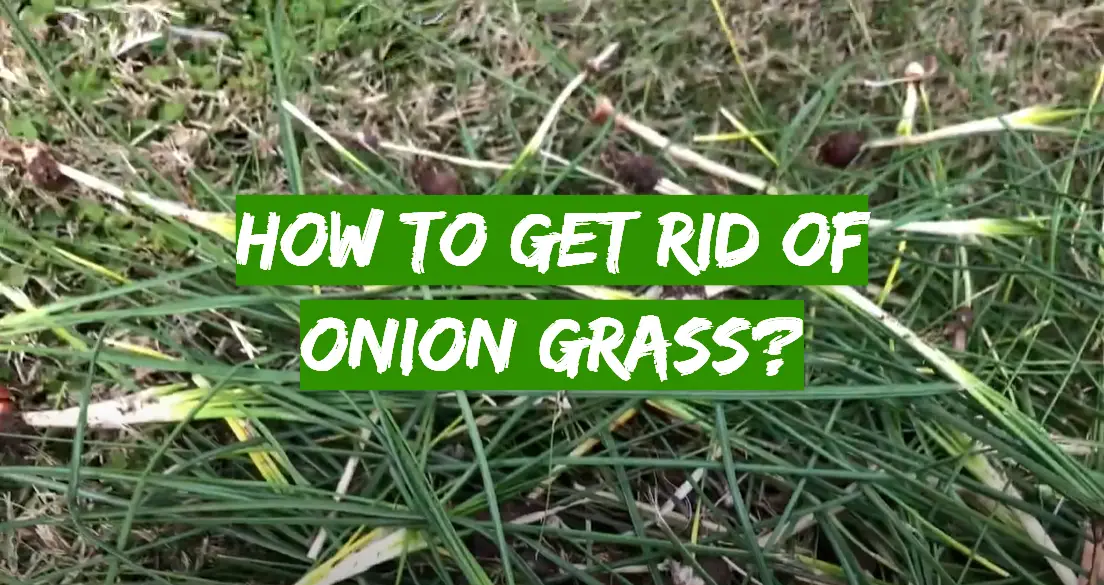


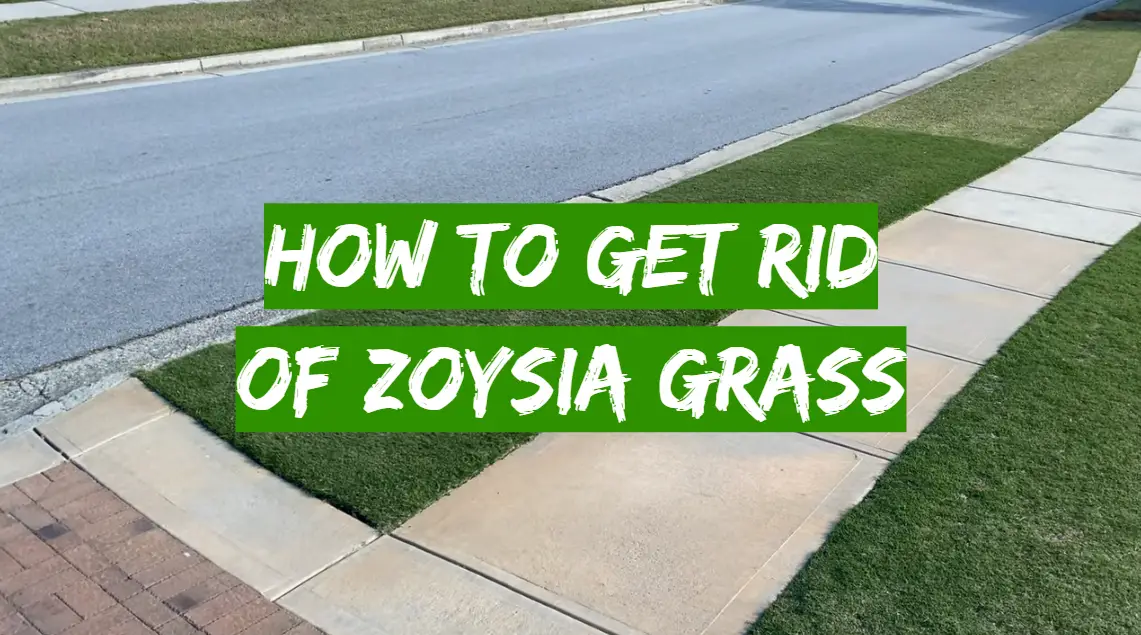
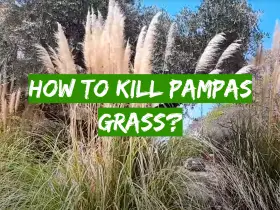
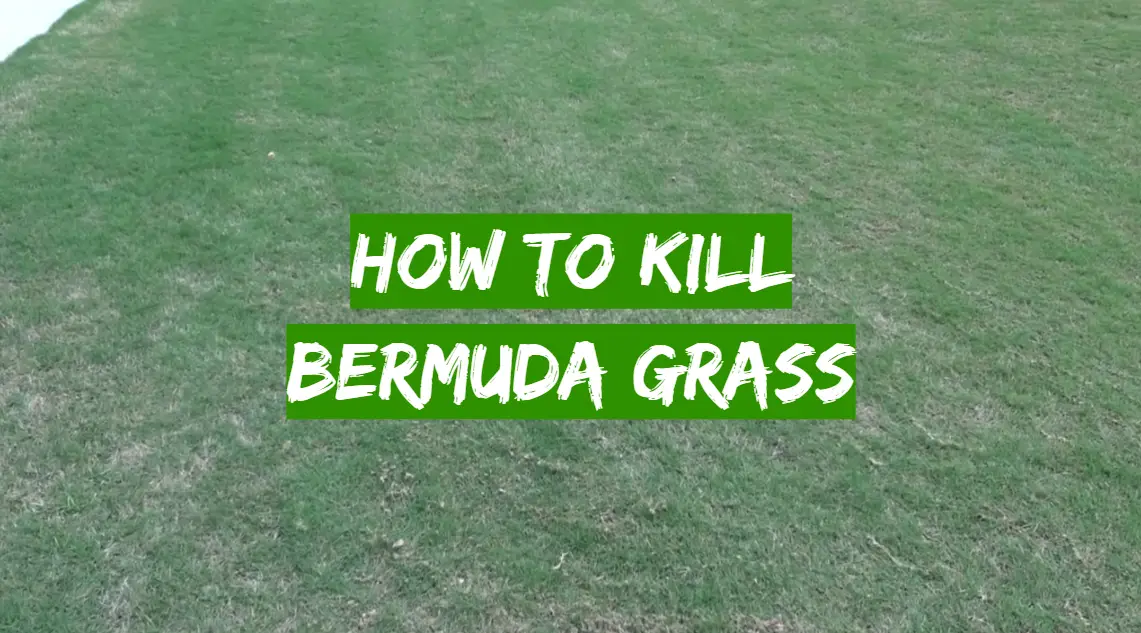
Leave a Reply
View Comments